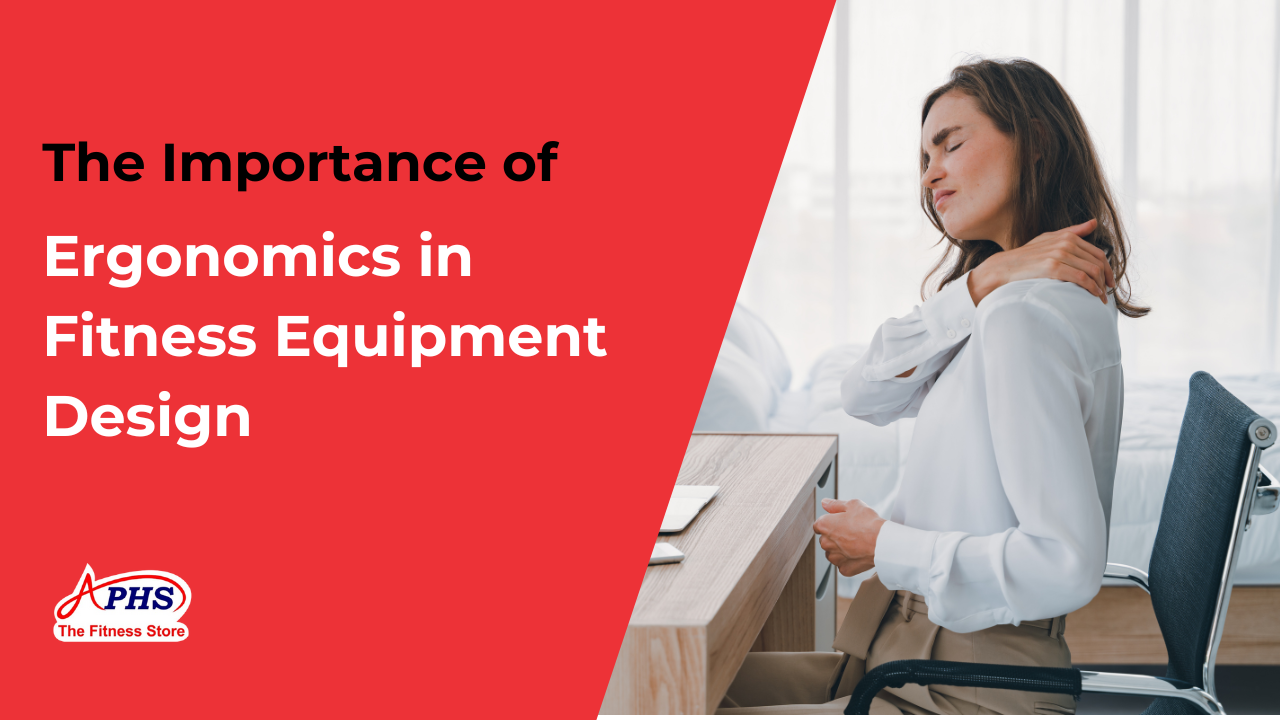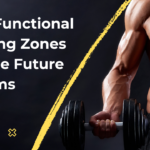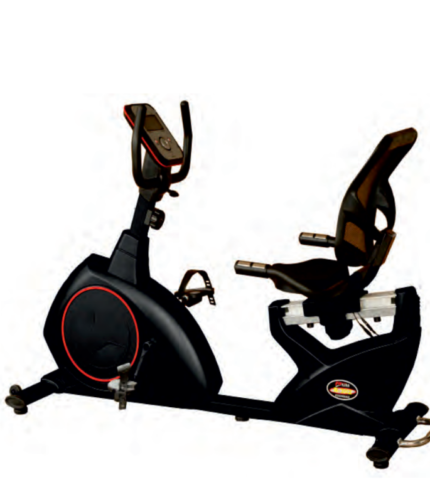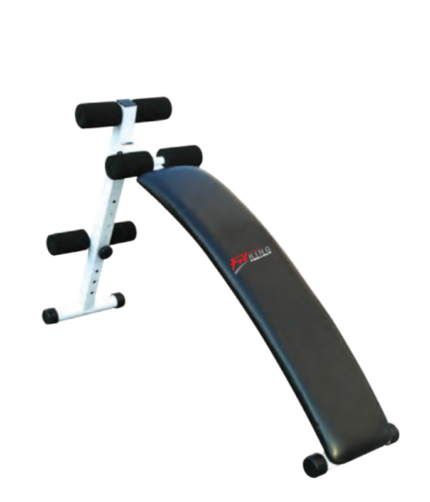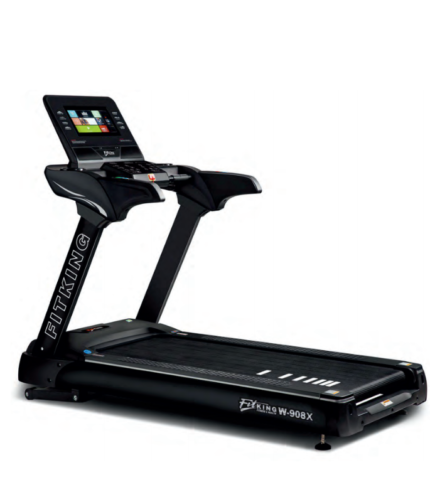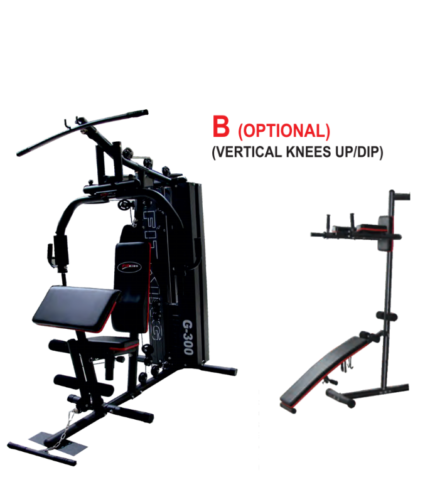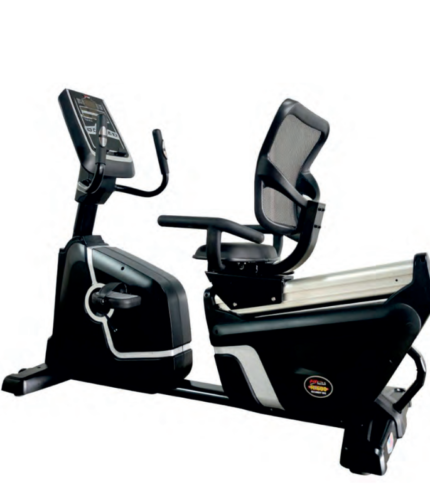In the world of fitness, the design of equipment plays a crucial role in ensuring that users can exercise effectively and safely. Ergonomics, the science of designing equipment and tools to fit the human body and its movements, is essential in creating fitness equipment that not only enhances performance but also minimizes the risk of injury. This blog will explore the importance of ergonomics in fitness equipment design, its benefits, key principles, and how it impacts user experience.
Understanding Ergonomics
What is Ergonomics?
Ergonomics is the study of how people interact with their environment, particularly focusing on optimizing human well-being and overall system performance. In the context of fitness equipment, ergonomics involves designing tools and machines that accommodate the physical capabilities and limitations of users. This includes factors such as body size, strength, posture, and movement patterns.
The Role of Ergonomics in Fitness
The primary goal of ergonomics in fitness equipment design is to create products that enhance comfort, efficiency, and safety during workouts. Proper ergonomic design can lead to better performance outcomes while reducing the risk of injuries related to improper use or strain.
The Benefits of Ergonomic Fitness Equipment
1. Injury Prevention
One of the most significant benefits of ergonomic design in fitness equipment is injury prevention. Poorly designed equipment can lead to improper form and technique, resulting in strains, sprains, or more severe injuries. Ergonomic equipment encourages proper alignment and movement patterns, reducing the likelihood of injury.
Key Considerations:
- Adjustability: Equipment that can be tailored to individual body sizes promotes better posture.
- Natural Movement Patterns: Machines designed to mimic natural body movements help maintain proper form.
2. Enhanced Comfort
Comfort during workouts is vital for maintaining motivation and consistency. Ergonomically designed equipment minimizes discomfort by providing appropriate support and cushioning.
Key Considerations:
- Padding and Support: Adequate cushioning on seats and grips can enhance comfort levels.
- User-Friendly Interfaces: Controls that are easy to reach and operate can reduce strain during workouts.
3. Improved Performance
When users feel comfortable and safe using fitness equipment, they are more likely to push themselves and achieve better results. Ergonomic design can lead to improved performance by allowing users to focus on their workouts rather than discomfort or pain.
Key Considerations:
- Optimized Movement: Equipment that supports natural movement patterns allows for more effective workouts.
- Reduced Fatigue: Properly designed equipment reduces fatigue, enabling longer workout sessions.
4. Increased Accessibility
Ergonomic design considers a diverse range of users, including those with disabilities or limited mobility. By creating inclusive fitness equipment, manufacturers can promote participation among all individuals.
Key Considerations:
- Adjustable Features: Equipment that accommodates various body types makes fitness accessible to a broader audience.
- Intuitive Design: User-friendly designs help individuals with varying levels of experience engage with fitness equipment confidently.
Key Principles of Ergonomic Design in Fitness Equipment
1. Anthropometrics
Anthropometrics refers to the measurement of human body dimensions. Understanding these measurements is crucial for designing equipment that fits a wide range of users.
Application:
- Adjustable Components: Equipment should have adjustable features (e.g., seat height, handlebar position) to accommodate different body sizes.
- Standardization vs. Customization: While some designs may adhere to average measurements, offering customizable options ensures a better fit for individual users.
2. Biomechanics
Biomechanics studies how forces interact with the human body during movement. This principle guides designers in creating equipment that supports natural movement patterns.
Application:
- Movement Analysis: Understanding how muscles and joints work together during exercise helps create machines that facilitate optimal movement.
- Force Distribution: Designing equipment that distributes forces evenly across joints reduces strain on specific areas.
3. User-Centered Design
User-centered design focuses on understanding the needs and preferences of users throughout the design process. This approach ensures that fitness equipment meets user expectations for comfort, usability, and effectiveness.
Application:
- User Feedback: Engaging potential users during the design phase helps identify pain points and preferences.
- Iterative Prototyping: Testing prototypes with real users allows designers to refine products based on actual experiences.
4. Safety Features
Safety should always be a priority in fitness equipment design. Incorporating safety features helps prevent accidents and injuries during use.
Application:
- Stability: Ensuring equipment is stable reduces the risk of tipping or falling.
- Emergency Stops: Machines like treadmills should have easily accessible emergency stop buttons for immediate use if needed.
The Impact of Ergonomics on User Experience
1. User Satisfaction
When users feel comfortable and safe while exercising, they are more likely to enjoy their workouts and remain committed to their fitness goals. Ergonomic design directly contributes to user satisfaction by enhancing comfort and performance.
2. Increased Retention Rates
For gyms and fitness facilities, investing in ergonomic equipment can lead to higher member retention rates. Satisfied members are more likely to return regularly, contributing to a thriving community.
3. Positive Brand Image
Fitness brands that prioritize ergonomic design demonstrate a commitment to user well-being and safety. This focus can enhance brand reputation and attract new customers seeking quality products.
Examples of Ergonomic Fitness Equipment
1. Adjustable Weight Benches
Adjustable weight benches allow users to modify the angle for various exercises (e.g., flat, incline, decline). This versatility accommodates different body types while promoting proper form during strength training.
2. Treadmills with Incline Features
Treadmills equipped with incline features enable users to simulate outdoor running conditions while promoting proper posture during workouts. Many modern models also include cushioned decks for added comfort.
3. Recumbent Bikes
Recumbent bikes offer a more comfortable seating position than traditional upright bikes, reducing strain on the lower back while providing effective cardiovascular workouts.
4. Multi-Gyms
Multi-gym systems combine various strength training exercises into one compact unit. These systems often feature adjustable components that cater to different body sizes while allowing for multiple workout options.
The Future of Ergonomics in Fitness Equipment Design
As technology continues to evolve, so too will ergonomic principles in fitness equipment design:
1. Smart Technology Integration
The integration of smart technology into fitness equipment allows for personalized experiences based on user data (e.g., heart rate monitoring). This data can inform adjustments needed for optimal ergonomic support during workouts.
2. Virtual Reality (VR) Training
VR technology can create immersive workout experiences while providing real-time feedback on form and technique—encouraging users to maintain proper ergonomics throughout their sessions.
3. Sustainable Materials
As sustainability becomes increasingly important in product development, manufacturers may focus on using eco-friendly materials without compromising ergonomic principles—creating both functional and environmentally responsible products.
Conclusion
The importance of ergonomics in fitness equipment design cannot be overstated; it plays a vital role in enhancing user safety, comfort, performance, and overall satisfaction. By prioritizing ergonomic principles such as anthropometrics, biomechanics, user-centered design, and safety features, manufacturers can create innovative solutions that cater to diverse user needs while promoting a positive workout experience.
As individuals become more aware of their health and wellness needs, investing in ergonomic fitness equipment will not only help prevent injuries but also encourage long-term commitment to physical activity—ultimately leading to healthier lifestyles for all users!


